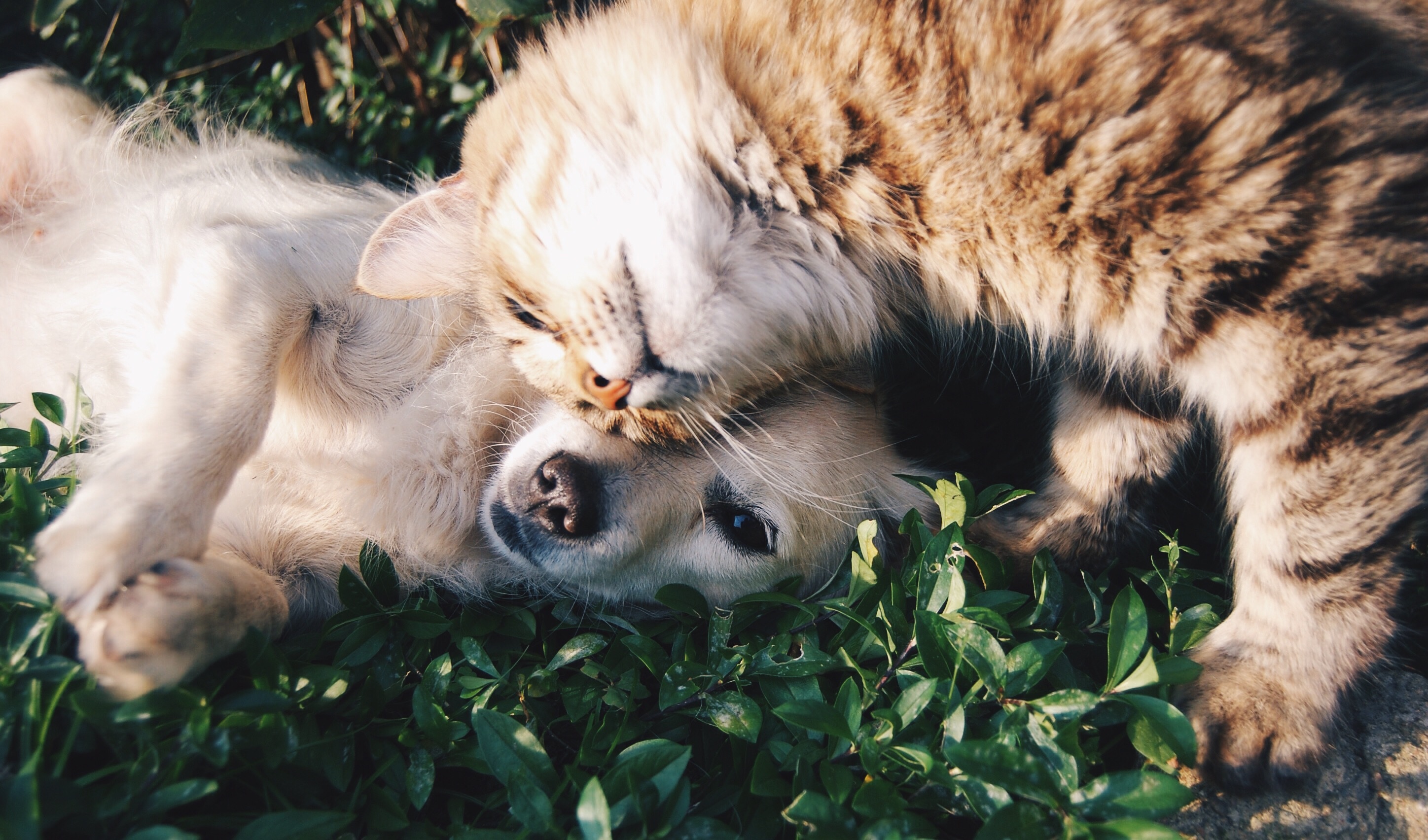A client complained to me that she was getting tired of having her dog labelled as a ‘problem’ dog by other dog owners. The issue is that her dog does not want to be friends with every dog she meets and, if pushed, will lunge and bark at some dogs that get into her face, especially if she is on the lead.
It is increasingly the case that unless owners have a dog that is universally phlegmatic, happy to engage with dogs of all shapes, sizes and ages, then there has to be a problem with that dog’s temperament…..right? Well no, dogs are individuals and some are just naturally more precious about their personal space. Some are born aloof, some may have had a scary dog encounter when young and now view all other dogs with suspicion, and others may feel unwell.
The worst offenders are new puppy owners who believe that socialisation of their hound is best achieved by letting the pup or adolescent dog, jump all over every dog it meets out in the park or street. ‘She’s just a puppy, she just wants to say hello,’ says the newbie owner fondly as they watch their 4 month American bulldog puppy attempt to mob the 4 year old Yorkshire terrier. The ensuing fracas is only too familiar and in one brief exposure each dog may have learned to fear other dogs.
A common misconception is that ‘puppy licence’ is a universal given. If dogs and pups are all members of the same family or social group then, yes, the older dogs may tolerate the pup’s physical impositions, but why would any adult dog feel it is fine to be ‘jumped’ and mobbed by a totally strange canine teenager when they are out and about minding their own business? Neither dog is at fault; that lies with the owners and primarily with the puppy owner.
It is not just pups either. Owners of pushy dogs find it hard to accept that not all other dogs will love their pet as much as they do. Another familiar scenario is meetings between aloof or sensitive breed types and those dogs that have been selectively developed for over-friendliness (Labradors, Staffords, Pugs, to name a few). These are the breed types that adore everyone and everything, even burglars would be welcomed into their homes with a happy wag and panty grin. However, just as some humans fail to recognise the importance of personal space in their social interactions, some hounds are also bad at reading canine social signals. They’ll march up to any old dog they see and get in close and personal as soon as possible, failing to read the other dog’s signals to ‘back off’. Their owners stand and watch, proud and happy to own such a ‘friendly’ dog and are swift to blame the grumpy but space sensitive dog as it turns into a furry, snarling gremlin as the other pet approaches. I’d bet that pernickety dog got scared early by one of the more rambunctious breed types- ‘just trying to be friendly’- and has learned that attack is the best form of defence.
A further obstacle is physical differences between dogs. Some have upright ears and no tail- they look challenging. Dogs with rounded faces and low slung ears, like spaniels, can look puppyish. Dogs with black faces are hard for other dogs to read, as are dogs with squashed faces or hair over their eyes. The wonder is that with so much variation that our dogs get on at all. The fact that they do speaks volumes for their adaptability and ability to learn. Nonetheless, if you do own a very friendly dog try to remember that other dogs may need much more space. Learn about dog body language (there are lots of quickie guides like this). Learn to interpret better what is going on and control your dog before things escalate. All dogs and their owners will benefit.
Leonie St Clair
www.londondogstraining.co.uk
This article first appeared in the October 2016 issue of SE22 magazine.


